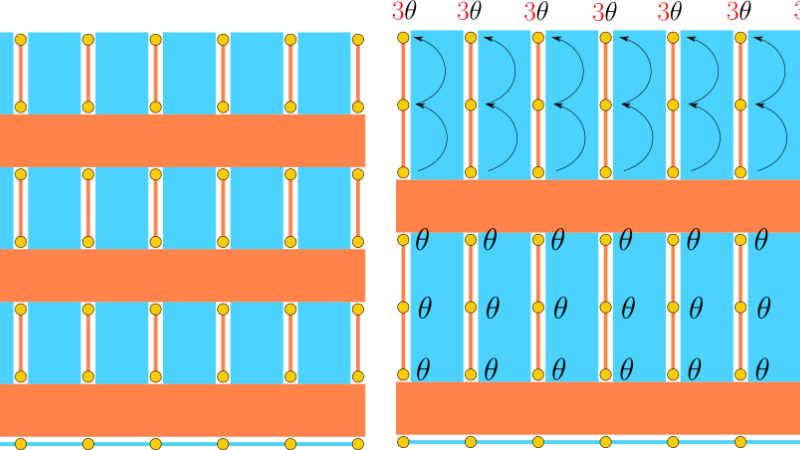May 16, 2024

The effect of coherent noise on quantum error correcting codes (QECs) differs greatly from incoherent, stochastic noise. Under stochastic noise, a perfect decoder can pick the right solution to fix the probabilistic errors. In contrast, under coherent noise, for certain codes, no matter how good the decoder is, the process can still result in a residual logical rotation. This residual "logical coherence" has been of interest in the last decade or so in the QEC community. It is especially interesting how increasing code distance can impact this error. While it has been shown in previous work, also by the Brown group amongst others, that in large code distances, the logical channel starts to lose coherence for any stabilizer code, there are still open questions around thresholds. Namely, while there is numerical evidence for the surface code exhibiting a threshold under coherent noise, there is no analytical proof for a constant lower bound yet. The best analytical lower bound linearly vanishes in code distance, and we show in this paper that the Shor code, which has no threshold, can also satisfy this lower bound. In this new work (https://arxiv.org/abs/2405.09287), we propose using 2D compass codes as a toolkit to explore the question of the threshold of surface codes under coherent noise.
As examples of the utility of these codes, we first show new families of 2D compass codes that afford analytical, closed-form expressions to measure their logical coherence in code distance under maximum likelihood decoding. These provide lower and upper bound cases for the rotated surface code's numerically determined minimum weight perfect matching (MWPM) decoding threshold. While this is very promising, we don't have an exact explanation of why these families bound the surface code exactly. Also, the currently known, numerically determined ML threshold for the rotated surface code is still above the upper bound of our codes.
Secondly, we use randomly generated 2D compass codes parametrized by their X-check density and check their average threshold. This average threshold shows a clear dependence on the X-check density. However, this is still only numerical evidence, and will require future work to build an analytical argument. For the numerics, we implemented and generalized for the case of compass codes the Majorana mode simulator by Bravyi, Englebracht, Koenig and Peard, and made it available on our Gitlab: https://gitlab.com/duke-artiq/error-correction/msim